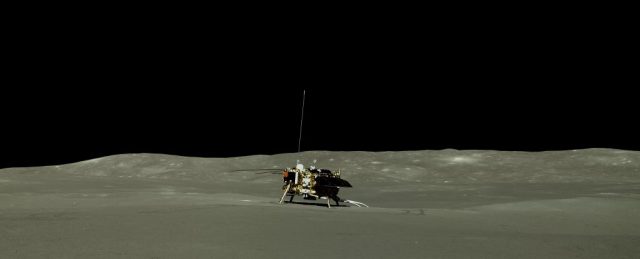MI weekly selection #360

China shares photos from far side of moon
China’s lunar mission has produced a number of photos from the far side of the moon. The images were taken by the Chang’e-4 lander and the Yutu-2 rover over the course of the last year.
New light on Vesuvius victims
People who sheltered in boathouses in Herculaneum when Mount Vesuvius erupted in 79 A.D. likely were protected from the pyroclastic flow by the stone structure, but died from suffocation or asphyxiation, a study published in Antiquity suggests. Another study describes how one Vesuvius victim’s brain was vitrified and turned to glass.
Zika virus could be potent glioblastoma foe
Studies in mice and organoids suggest that the molecular key used by the Zika virus to penetrate brain cells could be harnessed to kill glioblastoma. In a study published in Cell Stem Cell, researchers identified a specific integrin, or receptor, on the virus’ surface that enables brain cell penetration and were able to block it with a protein; another study, published in Cell Reports, confirmed the finding by using CRISPR to delete specific genes from glioblastoma stem cells that make the cells vulnerable to Zika virus.
New insight on dynamics of earthquakes
Engineers have developed a model that can help researchers understand what is happening as a fault builds toward an earthquake. The model illustrates how friction decreases as the speed of the rock slippage increases as the rock changes phases.
Newborn star system shows evidence of phosphorus
Astronomers have found the precise location of phosphorus in a gas and dust cloud around a newborn star system. The findings, along with the team’s discovery of phosphorus monoxide molecules in a comet, add credence to theories that comets may have helped deliver a key ingredient of life to Earth in its early stages.